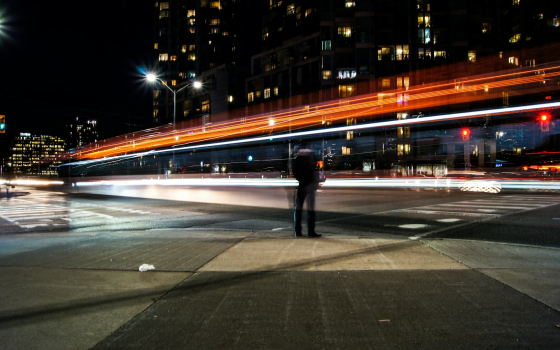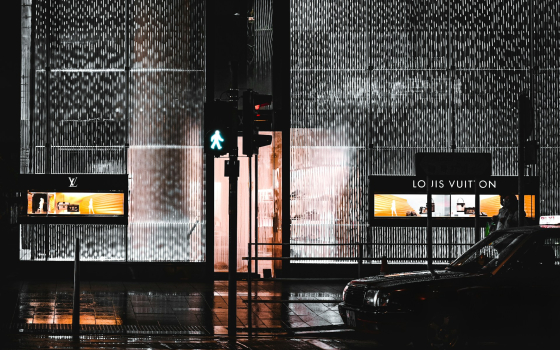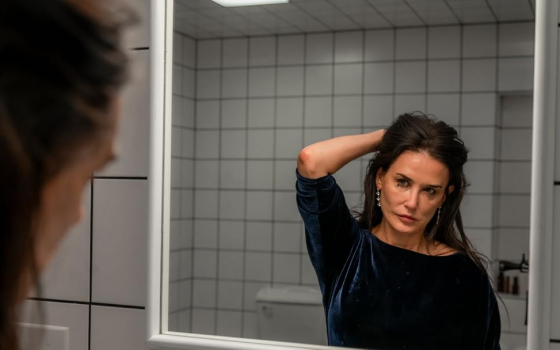Early humans probably weren’t too preoccupied with beauty itself, instead focusing on choosing an adequate mate that would help them to survive another day, and if lucky, on getting another generation going before being eaten by a tiger. As civilizations became more complex, at least in the western world the perception of beauty has generally been tied to displays of wealth and power, one rather popular example being that overweight people were more attractive, as they were an embodiment of both.
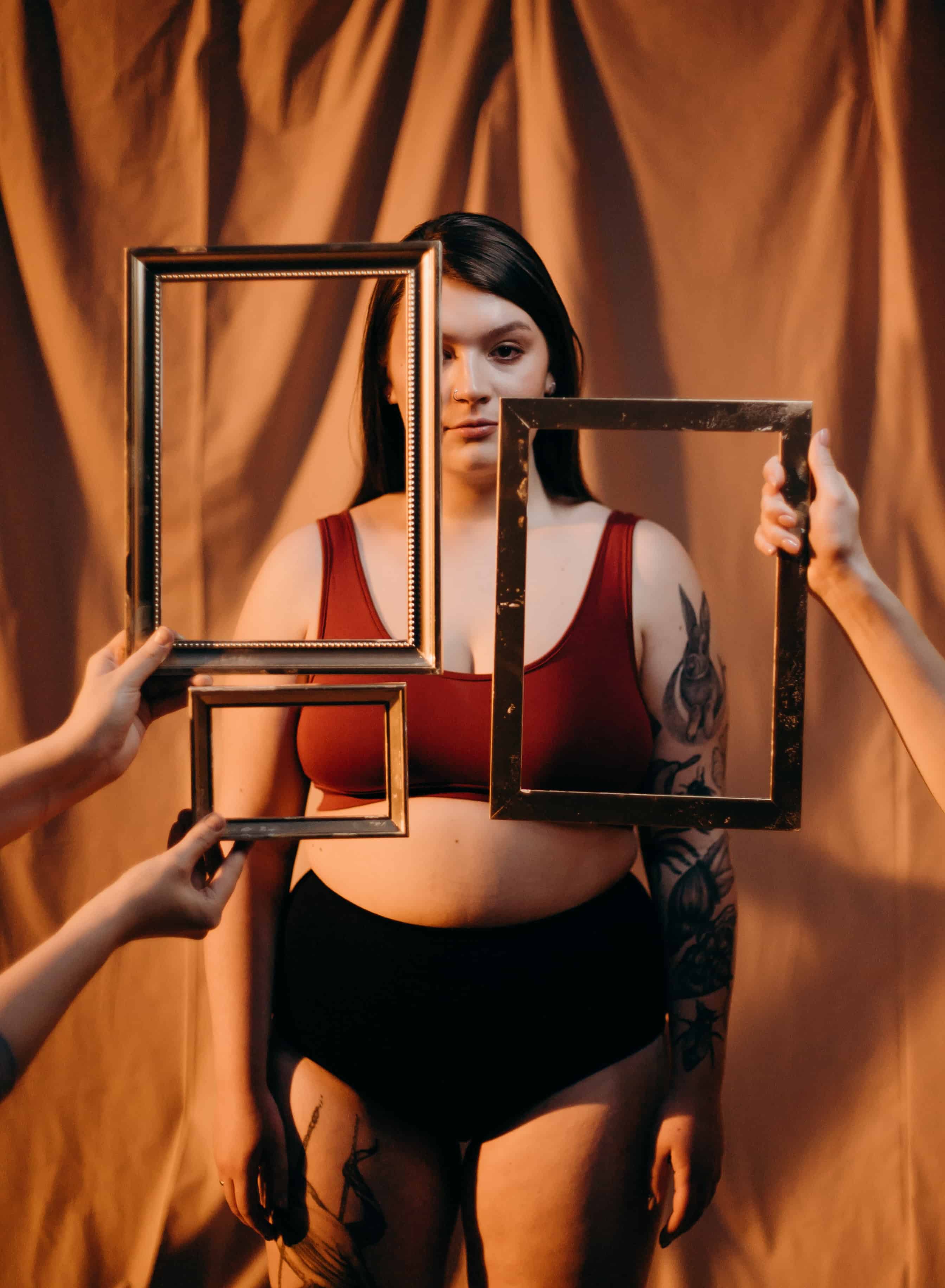
As medicine and technology began improving, they slowly but steadily proceeded to knock down the desperate need for survival which had been the top priority for the vast majority of the human population. As a consequence, certain aesthetic staples that had existed for a long time became far less of an obligation and more a matter of choice or in keeping with the cultural traditions.
While some of these choices still remain somewhat controversial or outside of their native cultures, especially those involving heavy body modification, others have experienced not only a revival but have also found their way into other cultural spheres across the globe.
One example is that of the striking facial tattoos of the Maori people of New Zealand known as Moko. Originally these tattoos were a means to signal status and rank within the tribe, but were also applied to make a person more attractive. Men generally received moko on their faces, buttocks and thighs, and women usually wore moko on their lips and chins. This style of tattoo has been exported all over the world in the shape of a generic “tribal tattoo” form that does not necessarily adhere to the Moko traditional shapes. Even the practice of tattooing one’s face, which has always been profoundly shunned in all but a handful of cultures, is becoming somewhat more accepted.
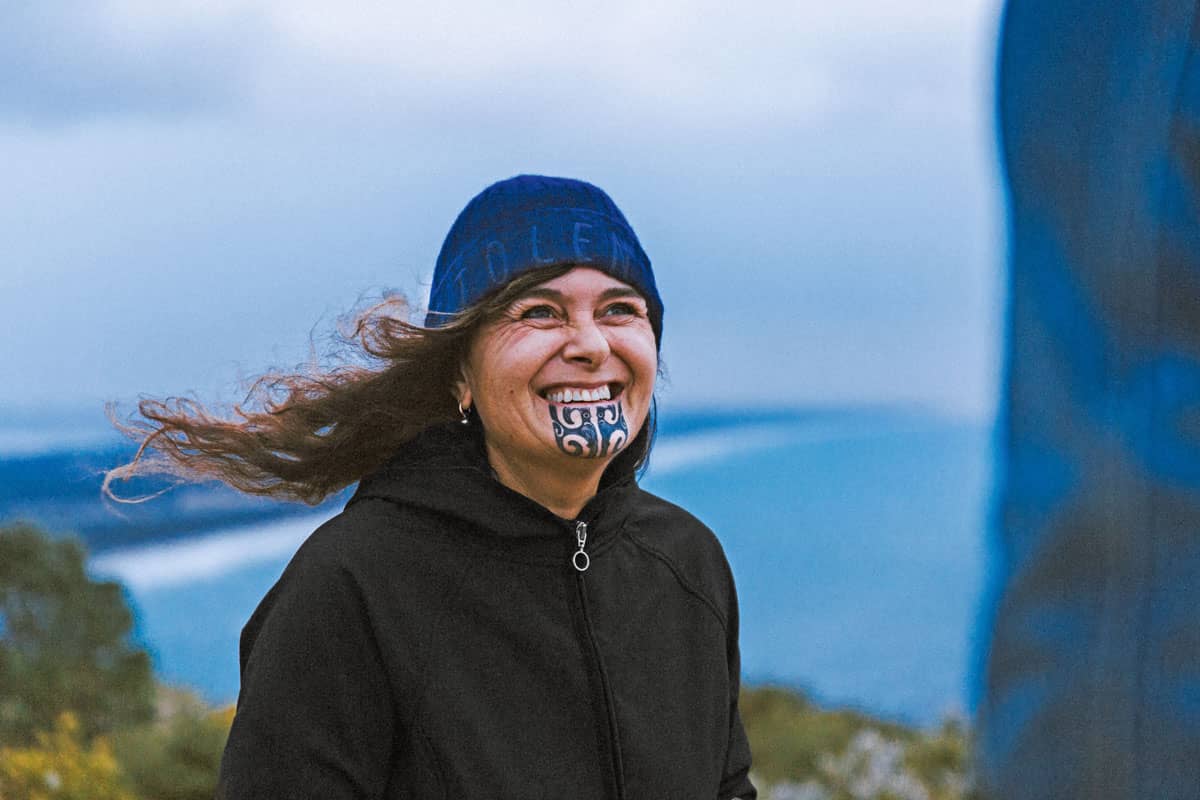
Image Source: Henry Magazine
Another rather divisive traditional beauty treatment is lip stretching. Quite common in Africa and certain parts of South America, this procedure involves the removal of two bottom teeth, and the insertion of a series of wood or clay plates to elongate the lips over time. It is a sign that a woman has reached child bearing age, and is seen as attractive within the cultural context of the tribes. These practices have expanded to the rest of the world in the form of the rather tamer earlobe stretching, and are now both a common sight and a staple of certain subcultures.
A far less challenging choice that has been around for a long time and can be viewed very differently depending on who you ask is skin tanning. Sporting a Miami Beach style tan has been pretty commonplace in the western world, and is associated with an active and outgoing lifestyle. This was not always the case, for up until the mid 20th Century, having tanned skin was associated with manual labor and a low socioeconomic status. While this stigma has largely dissipated, in certain Asian countries like South Korea it is still very alive, with people going to great lengths to cover up their skin to avoid getting a tan, or spending small fortunes on skin-whitening products.
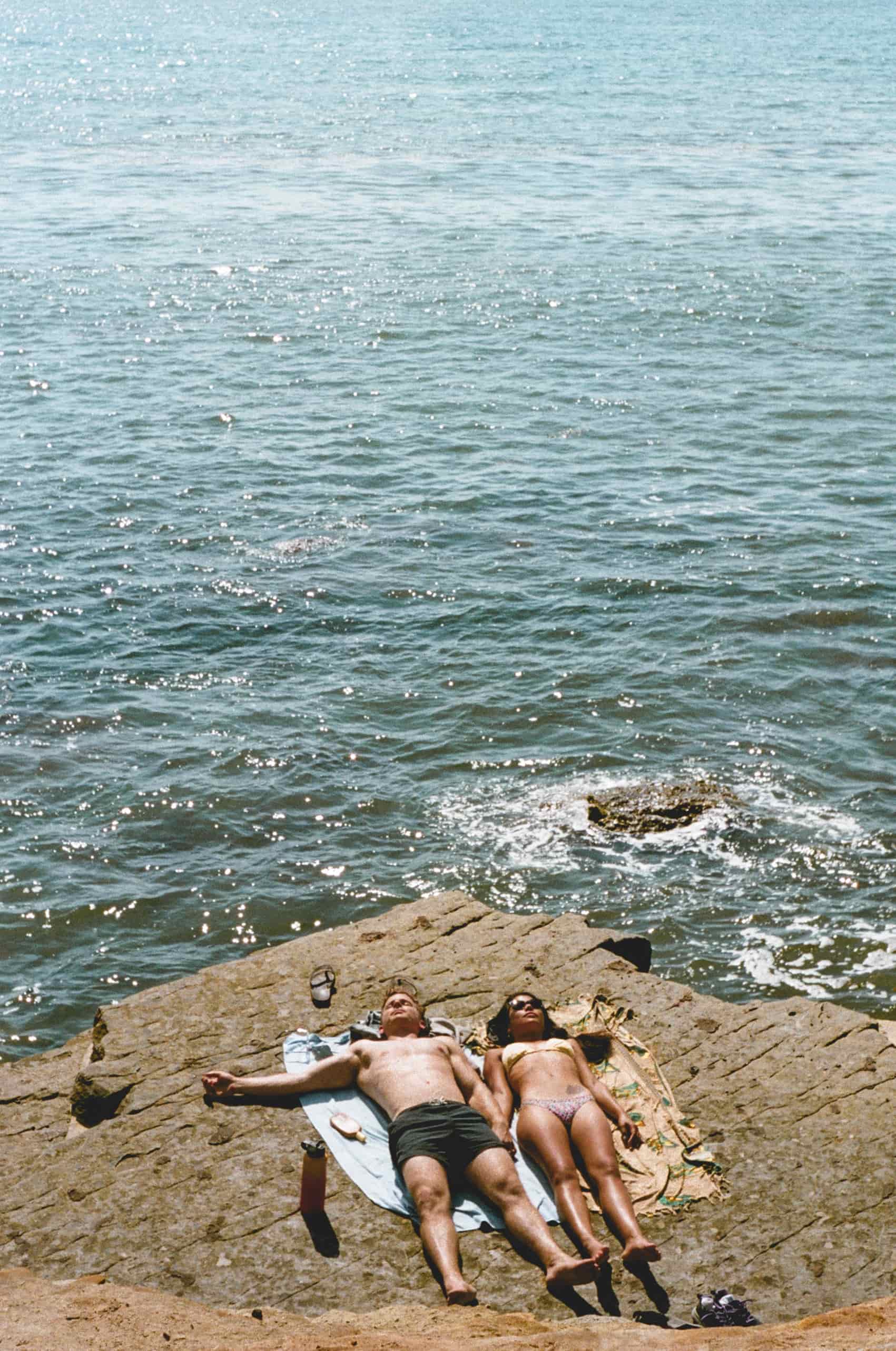
All in all, some of these choices will look beautiful to some, and indifferent, or even terrifying to others, but it does show how beauty standards radically change between different cultures and even between different decades. Thankfully, the majority of people can now choose to engage in them for reasons other than pure survival.

